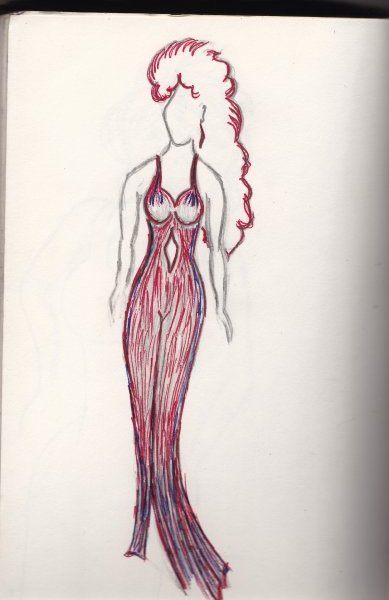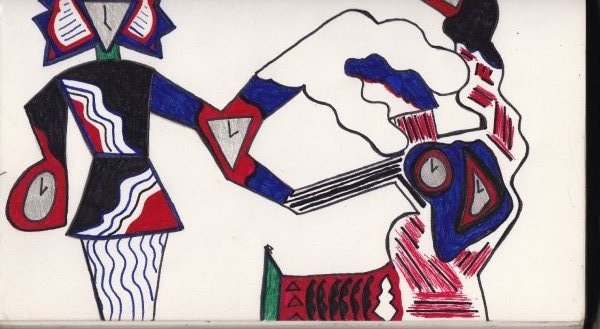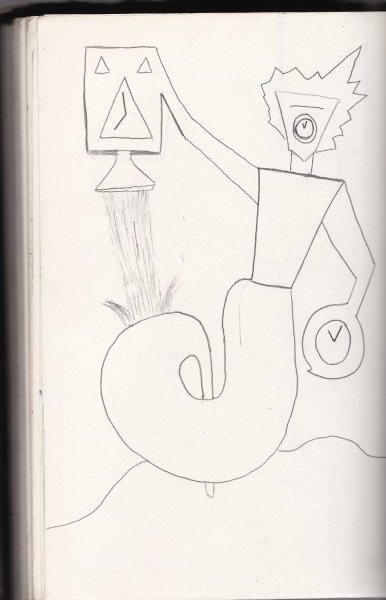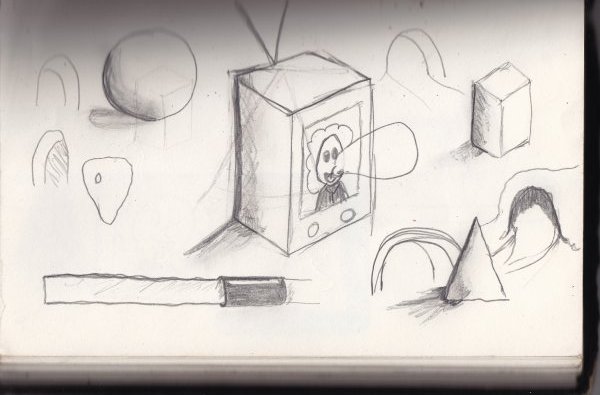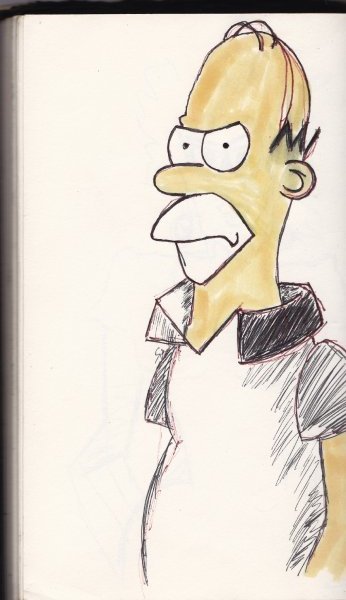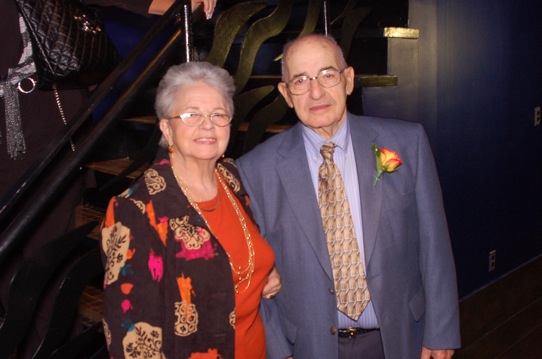Art-based approaches and alternative resources can offer innovative health care providers and eager patients creative opportunities to learn healthy practices and understand complex medical conditions. The Hepatitis B Program at the Charles B. Wang Community Health Center harnesses the power of art to demystify the myths and illuminate the facts, while empowering patients with a clear knowledge of the risks and treatment options available for this risky quiet condition that burdens the liver with a life-threatening chronic disease, which can lead to liver cancer and a host of dangerous complications.
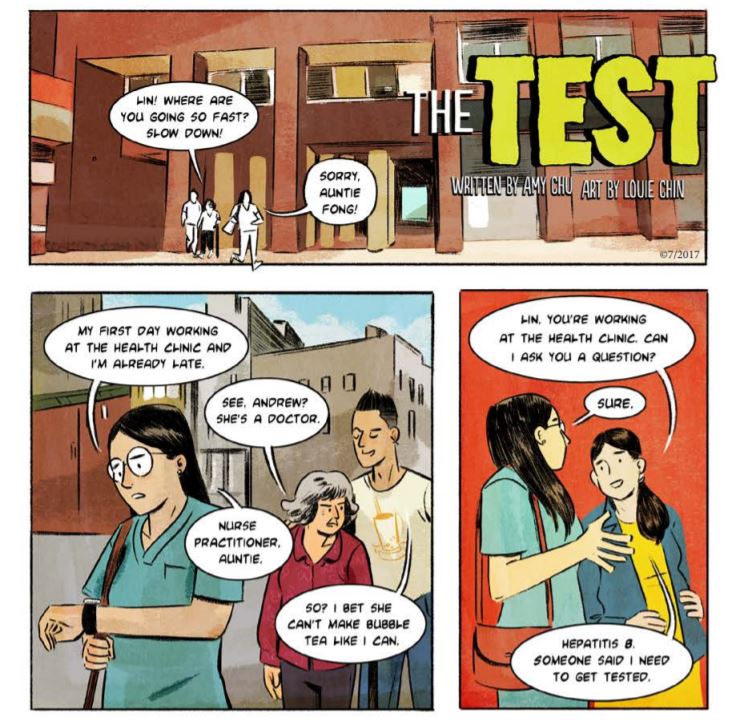
From its humble beginning in 1971 as a volunteer group that provided medical screenings and health education to the underserved Chinese community in Lower Manhattan, the Charles B. Wang Community Health Center grew —and continues to grow — into a multidisciplinary primary care health center with locations across Manhattan and Queens serving patients regardless of their ability to pay. Hepatitis B disproportionately affects the Asian and African (Diaspora) population, and the Health Center’s Hepatitis B Program was developed as a way to address this disparity. In 2016, the Hepatitis B Program received the “Viral Hepatitis Testing Recognition Award” by the U.S. Department of Health and Human Services for its notable effort in increasing awareness for hepatitis B and linking patients to care.
To provide patients with access to multilingual and creative health resources, the Health Center created a visually bold and inviting hepatitis B comic book that caught our eye at ADRLF titled, “The Test.” Along with culturally-appropriate care-giving practices, the Health Center’s care team aims to break down barriers and address this potentially life-threatening liver disease. “Visuals are always a great way to engage patients,” said Janice Lyu, the Senior Program Associate of the Hepatitis B Program. “Educating patients about hepatitis B is a challenge because the virus is very complex. For many of our patients, English may not be their first language, and health may not be their top priority.”
For example, diagnosing and educating one’s hepatitis B status is challenging. There are currently three tests available when screening for hepatitis B. “The hepatitis B surface antigen test shows if you currently have the infection,” explained Janice. “The hepatitis B surface antibody test shows if you’re immune to the virus, and the hepatitis B total core antibody test tells you if you were ever exposed to the virus. You would want to know if you were exposed to the virus because you could be at risk for hepatitis B reactivation that can lead to liver failure. In 2016, the US Food and Drug Administration (FDA) issued a warning after a rise in reported cases of hepatitis B reactivation.” She explained further: “If someone is surface antigen negative but core positive, this indicates that the person had a prior infection with hepatitis B. The virus remains dormant in the liver but if your immune system is compromised, such as through chemotherapy or other immunosuppressive drug therapies, the hepatitis B virus may be reactivated.”
“Even after getting diagnosed, managing and understanding hepatitis B is difficult for a patient. So it is very important to us to put all this information in simple language for patients,” she added. “But it could be hard to explain these in words so we wanted to come up with a visual tool.” In looking for a tool that would allow our staff to better educate patients about hepatitis B, and address myths and stigma surrounding this virus, Dr. Perry Pong, our Executive Vice President and Chief Medical Officer, came up with the terrific idea of creating a comic book!
“In the Asian American communities, the stigma of the disease is another challenge we often face. A lot of times patients don’t really talk about the disease with their family and friends,” Janice shared.
The awareness gap isn’t only with patients and the general public.
“Many primary care providers are also not very knowledgeable about hepatitis B, so we try to educate more providers as well,” shared Janice.
Having the comic book available in several languages in the patient waiting areas — and with the Heath Center’s bilingual staff — the Hepatitis B Program offers various ways to address these linguistic and cultural barriers. The comic book is also shared with other groups promoting hepatitis B awareness and prevention.
“Ultimately, we want the comic book to educate and encourage people and their family members to get screened.”
We at ADRLF applaud the vision, courage, and creativity of the healthcare providers at Charles B. Wang Community Health Center’s Hepatitis program in exploring innovative, accessible ways of reaching underserved, at-risk community and empowering them with art — and knowledge!
Check out the striking comic here!
Learn more about CBWCHC’s Hepatitis B program here























